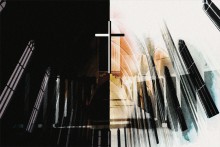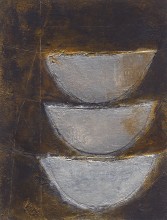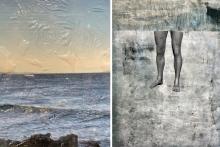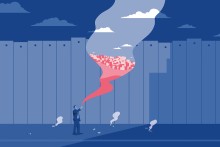Light Shines in Darkness
Everybody knows Christmas
is good for business.
To attract the tourist trade,
our town council cheerfully
promotes an annual
“Festival of Lights,”
the lurid illumination
of a normally pastoral park.
Neighborhoods take up
the gauntlet, festoon
with energy-guzzling lights.
In a bid to replace outdated
plaster of Paris crèches,
immense inflatables,
snowmen, cartoon characters,
claim center stage on lawns.





